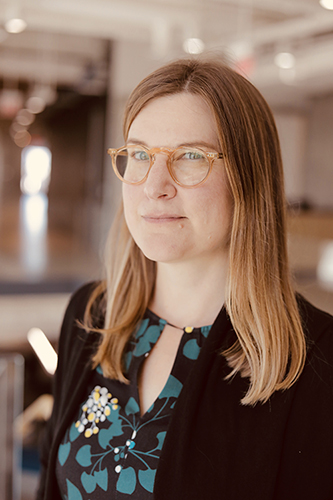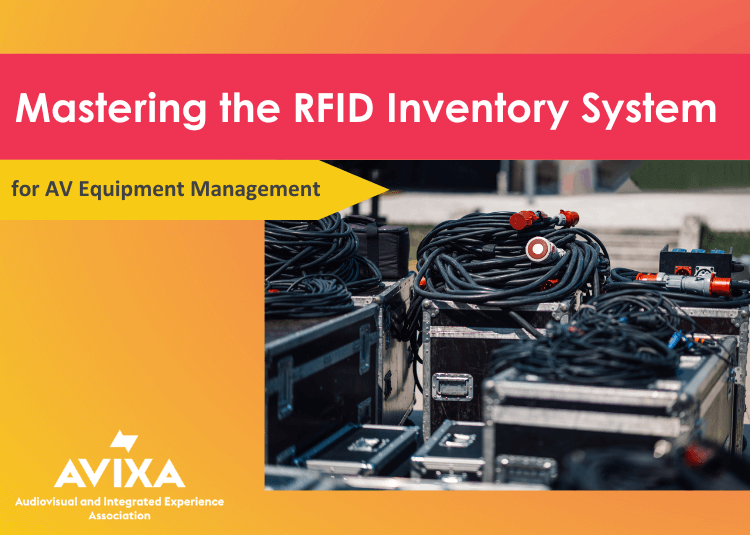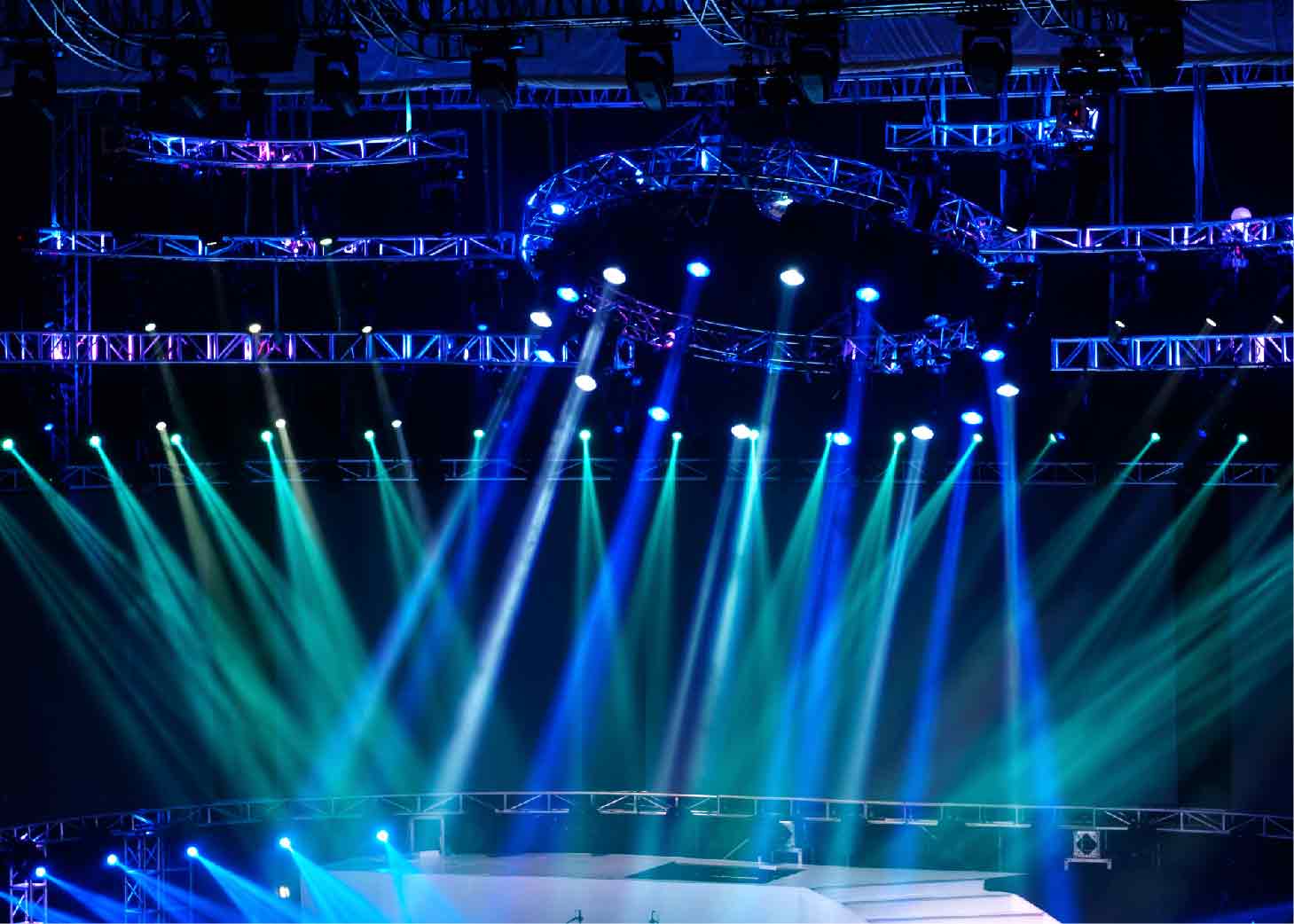King Tut Exhibition Adds Immersive Technology to Treasures
_web.jpg?sfvrsn=c93ffc2_0) For the 100th anniversary of the discovery of King Tut’s tomb, the pharaoh’s most dazzling objects of 3,300 years ago have met with modern spectacle in a new touring exhibition. The show’s more than 150 artifacts, 60 of which have not previously left Egypt, definitely shimmer in any light, but as they travel the world on this particular six-year run, they’ll have some extra help from technical showmanship.
For the 100th anniversary of the discovery of King Tut’s tomb, the pharaoh’s most dazzling objects of 3,300 years ago have met with modern spectacle in a new touring exhibition. The show’s more than 150 artifacts, 60 of which have not previously left Egypt, definitely shimmer in any light, but as they travel the world on this particular six-year run, they’ll have some extra help from technical showmanship.
With all the elements of a full-scale touring stage show, IMG’s production of King Tut: Treasures of the Golden Pharaoh was carefully calibrated to deliver on the tactile promise of precious historical objects while also satisfying the modern craving for immersive entertainment.
Readying the electronically-enhanced pedestal for this latest globe-circling jaunt of Tut’s fascinating ephemera was the job of Design Electronics. The audiovisual integration firm has experience with previous editions of the Tut tour, this being the third iteration the firm has helped realize over the past 13 years. The collaborators on this project brought an enhanced level of cinematic spectacle to make the centenary edition impress from the start of its Hollywood-style premier at the California Science Center all the way through 10 international tour dates before a return to the Grand Egyptian Museum in Cairo in 2024.
There were several challenging considerations in planning the traveling exhibition, according to Khalil Williams, General Manager of Design Electronics. First and foremost, “how could we take these amazing artifacts and have the electronics — audiovisual, sound and lighting — enhance the experience. We want to paint the picture with sound and video, and take the guest there by creating an immersive environment that engages several of the senses.”
Then, in addition to holding audiences rapt with a memorable technical spectacle that goes far beyond the experience they could have at home, the whole show had to be portable. This was of particular import when it came to the show’s intro theater experience. “The original concept was to have a 360-degree screen with projection completely surrounding visitors,” Williams recalls. “That sounds great in theory until you talk about moving that around the world.”
_web.jpg?sfvrsn=399720b4_0) Fortunately, with a bit of creativity, a more conveniently scaled 180-degrees of projection can be equally captivating. The intro video was meant to set the tone for the exhibit’s entrance, where visitors would learn about the role the artifacts were believed to play in Tut’s transition into the afterlife. With content designed to create an “ethereal” effect with tales of stars and gods, Design Electronics opted for a 23-foot-wide, seven-foot-tall curved screen that was raised so viewers were gazing upward as if into a night sky.
Fortunately, with a bit of creativity, a more conveniently scaled 180-degrees of projection can be equally captivating. The intro video was meant to set the tone for the exhibit’s entrance, where visitors would learn about the role the artifacts were believed to play in Tut’s transition into the afterlife. With content designed to create an “ethereal” effect with tales of stars and gods, Design Electronics opted for a 23-foot-wide, seven-foot-tall curved screen that was raised so viewers were gazing upward as if into a night sky.
This contemplative moment also had purpose in terms of traffic flow, which was again managed with some creative show control. At the conclusion of the video, as Tut enters the afterlife, lighting and timed opening of doors invites visitors to follow the Golden Pharaoh through the “Ethereal Hallway” to the next gallery of the exhibit.
With a goal to keep visitors engaged and moving along, Design Electronics also relied on another layer of sensory experience. “We use sound to spatially create the effect that you are passing along with Tut,” Williams explains, adding that IMG was a big proponent of high-quality audio to complete the effect.
Sound levels for the exhibit were another consideration, as the museum audiences would be comprised of a number of demographics in terms of age and also cultural preferences as the exhibit tours the globe. Ultimately the ideal was “to have enough SPL that it’s audible and intelligible, but not overbearing,” Williams notes.
_web.jpg?sfvrsn=861522b9_0) Sound and video are paired together in various ways throughout Tut’s various exhibition spaces, always with the goal of balancing any multimedia aspects with the tangible experience of the artifacts. Together, the alternation of digital and physical elements “maintains a certain attention span, with pop-ups of experience to keep things fresh as they go through,” Williams says.
Sound and video are paired together in various ways throughout Tut’s various exhibition spaces, always with the goal of balancing any multimedia aspects with the tangible experience of the artifacts. Together, the alternation of digital and physical elements “maintains a certain attention span, with pop-ups of experience to keep things fresh as they go through,” Williams says.
Crowds and the movement thereof were certainly factors in the Tut sound and video experience as well. “It’s quite different from when you’re designing a fixed installation where you want the users to dwell,” Williams observes. Again, it’s all about creating a balanced experience, where visitors are informed and hopefully amazed, but they’re also moving through so others can see the exhibits.
This movement had another layer of complexity at the California Science Center location, where the exhibit was spread over two floors. To re-engage visitors after they take escalators to another level, another intro show was created, this one around “The Wishing Cup.”
This one was all about a big immersive 3D reveal as a transition to the portion of the exhibit focused on discovery and archaeology. As visitors collect at the entrance, they see projections before them, not knowing there’s an object behind the screen on which they appear. Working with exhibit designer Fricker Studios, fabricator Cinnabar and lighting design by Brad Malkus of Lightswitch to pull of the illusion, Williams explains, “We used a translucent projection material that when projected on becomes opaque, so they don’t know what’s hiding there.”
_web.jpg?sfvrsn=1c75d1be_0) An audio interlude with spoken narration tells visitors about the wishing cup and why it was hidden. “Then there are sound effects, like something is being chiseled away, and as it’s chiseled away the opaque image falls away, and you see the reveal to the tomb,” he says.
An audio interlude with spoken narration tells visitors about the wishing cup and why it was hidden. “Then there are sound effects, like something is being chiseled away, and as it’s chiseled away the opaque image falls away, and you see the reveal to the tomb,” he says.
Even with the marvel that the audiovisual elements create in that moment, the technology itself remains invisible. That’s a common element of museum design, even in the age of technology obsession. “That’s a request we get quite frequently, which is, ‘Yes we want to have imagery throughout, but we don’t want it to spoil the artifacts.’ That goes beyond not having a projector in the line of sight, it means where is the image going to land,” Williams notes.
The answer here, and in an increasing number of museum exhibitions, is provided by projection mapping, which delivers captivating video from lots of complex angles, covering surfaces without marring them with flat-panel video displays. For Tut, projection mapping was used along the tops of gallery entry portals to create exhibit signage that blends naturally with museum architecture. The digital element provides another benefit, making it easy to translate text into different languages as it travels internationally.
Already a crowd favorite, with an extended showing at the California Science Center, response to the Tut exhibition indicates that it provides an engaging balance between audiovisual technology and artifacts. Having spent time observing visitors as they traveled through the exhibit, Williams observes, “It’s interesting, because you do get the ‘wow’ moments with the technology, but you also very much get the ‘wow’ moment with the artifacts. Because with addition of the audiovisual content, visitors have the understanding of why it’s so important. The blend of the audiovisual and the actual artifacts accomplishes that, and it gives people a reason to get out and leave their homes — just like going to see a movie, you want to have the best sound, the best audiovisual experience.”





